Reimagining the Role of the District Attorney: An Agent of Safety not Punishment
The Supreme Court stated in Berger v. United States, the role of the prosecutor is not simply to win cases but to see that “justice shall be done.” This ruling was in stark contrast to the still common view that prosecutors and their offices exist for the purpose of charging crimes in court and obtaining a legal conviction. Yet most prosecutors’ offices, the Manhattan DA’s office included, are still staffed, structured, funded, and operate within the narrow mission of obtaining convictions in court. Even when prosecutors steer toward decarceral platforms, this is often simply a reduction of the existing modus operandi as opposed to a real shift in priorities and operations.
As the chief law enforcement officer of Manhattan, the District Attorney should not simply be a legal clearinghouse, but a leader in transformative evidence-based approaches to achieving public safety outcomes. This includes advocating for funding and resources for non-enforcement programs and policies, and assisting other New York City agencies in fighting the underlying causes of crime where the inclusion of law enforcement does not hinder the program. It also means leading and implementing community driven programs which fit within the operations and scope of the District Attorney’s mandate and mission.
My office will be a fierce proponent of using evidence-based tactics to reduce crime — particularly tactics that do not result in incarceration or even criminal charges when they are avoidable. The Federal government has committed billions of dollars over the next few years to programs that reduce violence without heavy policing or destructive tactics that harm communities. I will join this nationwide effort and lead Manhattan and NYC toward new, constructive approaches to reducing violence.
Focus on Violence
In my decline to prosecute policy, I detail my plan to stop wasting time and resources charging low-level, non-violent crimes. I will shift resources to policies and programs that actually reduce violence. Instead of a sprawling bureaucracy, charging and processing every possible criminal offense, I will transform the Manhattan DA’s office into a focused agency working tirelessly to make every Manhattan neighborhood a safe place to live and work. Loitering, jaywalking, and recreational drug use do not threaten public safety. Communities are instead burdened by assaults, shootings, and the tragic loss of life that sometimes comes from them. Our communities need a DA focused on reducing the violence that prevents their communities from prospering.
Decades of research have shown that crime is committed by a small number of individuals at a small number of places. In New York City as a whole, 50% of all crime happens on just 5.5% of street segments. Violent crime is even more concentrated. But instead of using this knowledge to unravel the causes of crime and violence at these places, law enforcement agencies have demonized entire neighborhoods and communities with heavy policing and trumped up enforcement of low-level crimes. My office will only use targeted, purposeful approaches to combating all crimes, especially violence. We will not be distracted and waste limited city resources going after places and people that are not actively harming the community and its members.
Lift and Empower, Not Terrorize and Control
The most successful violence reduction initiatives all have a common theme: they leverage constructive tools as opposed to relying solely on destructive tools. Getting people to desist from violence requires bringing social services, interventions and support as well as the enforcement of laws. We cannot afford to view people who have committed violence as irredeemable, and incarceration is a costly and ineffective approach. We have to meet people where they are and bring both assistance and enforcement to the table. This is commonly referred to as “pulling-levers.”
“Pulling levers” tactics work by allowing the community, not law enforcement, to determine the acts of violence that it feels cause the most damage and the individual people who are responsible for this violence the most. Community leaders know the needs of their communities, and any safety problems they face, better than any crime analyst or law enforcement agency could determine. In “pulling levers,” community members identify a small number of individuals they believe pose the biggest problem for public safety in that neighborhood.
Then, a collaborative, inter-agency team, with membership across many city agencies and area nonprofits, works with these identified people to leverage all possible social services and assistance resources to aid them out of the cycle of violence. These individuals also meet with the District Attorney’s office to discuss their past violence and agree to terms of future law enforcement activity, with a clear understanding that future violence will be charged and prosecuted. To be clear, my use of this approach will not result in the increased surveillance or monitoring of these individuals — I am firmly opposed to a net-widening intrusion of law enforcement into peoples’ lives. Instead, it provides a grounded, direct conversation between the DA’s office and the people committing the most violence and sets a clear understanding that violence will not be tolerated.
Approaches like this bring law enforcement and social services to the same table, and allows the community to decide how and where law enforcement intervenes. When implemented properly, this approach has led to massive reductions in violent crime in multiple jurisdictions while resulting in fewer arrests and a decrease in incarceration of up to 76%.
As Manhattan DA, my office will lean heavily on approaches like “pulling levers” to combat violence. We cannot simply charge the same people over and over again expecting them to stop committing violence. Instead, we have to use every available resource to push and pull people out of cycles of violence. We have to return control of how and where law enforcement operates to the communities.
Targeting Places that Create Violence
As mentioned previously, crime is highly concentrated in just a handful of specific places. Some of the reasons for this concentration is the actions of the businesses and place managers at these high crime places. For instance, most bars and nightclubs do not have violence, but a handful of them have a lot of violence. Tremendous reductions in violence can be had by working with these places to dismantle the practices and behaviors that are driving violence at these locations.
As District Attorney, I will enter into Deferred Prosecution Agreements with any establishment at a location that has demonstrated repeated patterns of violent activity. This may be anything from a bar, nightclub, hotel, or restaurant, to a housing complex, or office building. The goal is to create legally binding agreements with these entities that compel them to change what happens at their locations to reduce violence, for instance, ensuring compliance with local regulations, physical improvements to facilities that increase safety, and increased security staff and awareness of staff to reduce negligence. Our goal will never be to bring needless charges against small businesses or individual facilities. However, we must demand accountability when the neglect or misbehavior of these places and their management facilitates repeated incidents of violence.
Getting Law Enforcement Out of the Way
While the above are policies and tactics allow the community to direct law enforcement, they still rely on law enforcement agencies like the District Attorney’s Office to intervene. There are, however, many other programs that have promising evidence they can have tremendous effects on reducing violence without the involvement of law enforcement agencies. In my policy on gun violence, I mention the violence interruption programs that have already been operating in NYC. Programs like these work within the community, not with law enforcement, to intervene before violence erupts within a community. Similar programs work within hospitals to persuade those injured and involved in violence to desist from further harm.
These are programs that work best WITHOUT the presence of law enforcement. As such, my office will not attempt to be part of efforts like these in Manhattan. Instead, I will use the bully pulpit of the office to advocate for expanded funding and resources for these programs. I will lobby the city council and the NY legislature for laws that enable these types of interventions and their widespread use. If we want to truly reduce violence in our city, we have to be using every possible method, not just the ones vested in law and enforcement.
- 295 U.S. 78,88 (1935)
- Biden wants to give anti-violence groups $5 billion. Here’s how it could be spent. (nbcnews.com)
- THE LAW OF CRIME CONCENTRATION AND THE CRIMINOLOGY OF PLACE* – WEISBURD – 2015 – Criminology – Wiley Online Library
- Focused Deterrence Strategies – The Center for Evidence-Based Crime Policy (CEBCP)
- Focused Deterrence | RAND
- Focused Deterrence of High-Risk Individuals (asu.edu)
- Tip Sheet: Focused Deterrence Strategies for Law Enforcement Agencies (ojp.gov)
- THE LAW OF CRIME CONCENTRATION AND THE CRIMINOLOGY OF PLACE* – WEISBURD – 2015 – Criminology – Wiley Online Library
- risky_facilities.pdf (asu.edu)

